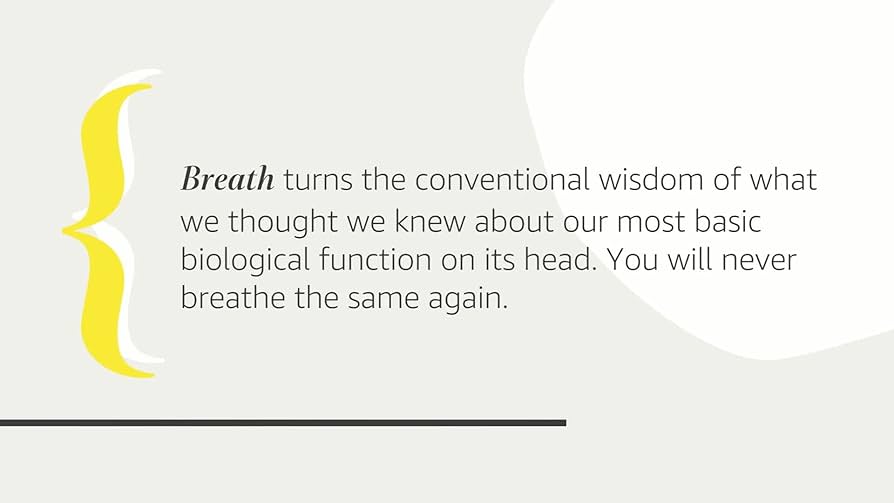
**Investigating the Harmony Between Breathwork and Pranayama for Alleviating Anxiety**
Breathwork has garnered attention as a potent method for emotional management, particularly for those looking for relief from anxiety. While conventional medical treatments, like pharmaceuticals, play a significant role in addressing mental health issues, breathwork provides additional benefits that can enrich one’s overall well-being. As a discipline, it involves the deliberate control of breathing patterns to affect mental, emotional, and physical states. For those who have undertaken this path, the change can be significant.
At first, breathwork yields immediate and apparent results. By concentrating on purposeful breathing patterns, individuals can gain greater control over their physiological reactions to stress. During these initial sessions, practitioners frequently experience a sense of tranquility and clarity, acquiring tools for emotional management that medication alone may not completely satisfy. The cathartic quality of breathwork can promote emotional release, helping to dissolve psychological and emotional barriers. This characteristic of breathwork is especially advantageous for managing anxiety, as it enables individuals to navigate their emotional landscape with newfound empowerment.
As one’s journey deepens, there may be a natural shift from breathwork to more structured practices like yoga. Within yoga, pranayama—the discipline of regulating breath to enhance life force energy (prana)—provides an additional layer of depth to breathwork methods. Pranayama is fundamental to yoga practice, stressing the synchronization of breath with movements and meditation. In contrast to the sometimes intense and emotionally charged sessions of breathwork, pranayama is generally more subtle and reflective, encouraging a gentle expansion of inner awareness.
What is fascinating for those who have practiced both breathwork and pranayama is how these two approaches enhance each other. The emotional release attained through breathwork can ready the individual for the more nuanced practices of pranayama. By clearing mental and emotional obstacles, breathwork sets the stage for engaging effectively with pranayama techniques, facilitating better energy flow and focus.
At the same time, pranayama introduces a daily discipline that amplifies the effects of breathwork. It creates a structured regimen that cultivates resilience and promotes a state of calm over time. Through regular practice, individuals learn to utilize their breath for greater concentration, diminishing the frequency and severity of anxiety episodes. The thoughtful, intentional nature of pranayama enhances mindfulness, fostering a stable mental space where anxiety has less opportunity to thrive.
Furthermore, the synergy between these methods exemplifies a comprehensive approach to wellness. While breathwork acts as a release mechanism for accumulated emotional energy, pranayama establishes the foundation for lasting tranquility and introspection. Together, they create a holistic toolkit for individuals aiming to navigate the challenges of anxiety and emotional upheaval.
For those on this transformative journey, the combination of breathwork and pranayama underscores the effectiveness of using the breath as a channel to achieve emotional balance. This journey is not just about mitigating symptoms but also about nurturing a deeper relationship with oneself. The seamless integration of breathwork and pranayama not only supports traditional anxiety management strategies but also paves the way for personal development and resilience. As individuals adopt this dual practice, they unearth a profound method to restore their inner peace and enhance their quality of life.